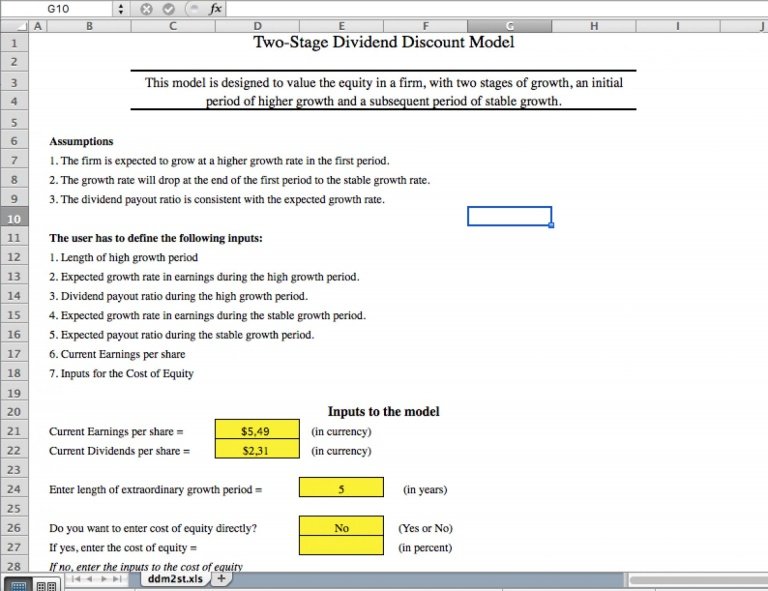
Pullback entry
A pullback refers to a market's return to a trend's beginning point. A pullback is dependent on the trend. It can be shallow or deep. These indicators include moving averages or Fibonacci levels. You can make your decisions more reliable if there are more signals.
A pullback occurs naturally during an uptrend. They can be triggered either by a sudden drop or profit-taking. Trader who follow a trend will often use pullbacks as a way to add to or exit long positions. You can use buy limit orders, stop buy entry orders, and market orders to enter at these times.
Breakout strategy
A breakout strategy is essential in trading. It allows traders who are not in the range of the price to enter a trade. This strategy helps traders capitalize on the upcoming trend instead of waiting for a longer-term trend. Traders who follow a breakout strategy will often have better success than those who simply follow price patterns.

Breakouts are usually located near the designated resistance trend lines. Failure breakouts usually occur when key breakout levels fall and momentum is lost. It is important to determine the time frame during which the price will remain in the breakout. Trader should also know the profit margin and risk level of each trade. Traders should aim to risk the same amount that they hope to make.
Risks of day trading
Day traders, unlike long-term investors are often required to take split-second decisions. They have to be aware of market trends and economic conditions. They need to be familiar with the details of specific industries and products. These investors can make huge profits or lose them. Margin calls are another issue that day traders may experience, which could make it impossible for them to return their investment.
Stress is one of the biggest dangers of day trading. Trading day requires a lot of concentration in order to track the stock prices. Traders who are unable to manage their stress can make mistakes. Traders should not allow emotions to influence their investment decisions. Alternatively, they can use a buy-and-hold approach. This involves looking at different companies and then choosing the best one.
Strategies used
There are many day-trading strategies available, but the most common is the gap and Go strategy. This strategy is for stocks that are in a strong uptrend with minimal retracements. Finding a low-risk entry point price is key to successful trades. The best way to do this is to use indicators such as trendlines and moving averages. At the start of a trade, the risk-reward ratio should be around 1:1.

Day trading strategies will reduce your risk and increase your profits. Once you have decided on a strategy, you can now choose the instruments that you want to trade in. There are many options available: stocks, ETFs and futures.
FAQ
What is the main difference between the stock exchange and the securities marketplace?
The entire list of companies listed on a stock exchange to trade shares is known as the securities market. This includes stocks, bonds, options, futures contracts, and other financial instruments. Stock markets are generally divided into two main categories: primary market and secondary. Large exchanges like the NYSE (New York Stock Exchange), or NASDAQ (National Association of Securities Dealers Automated Quotations), are primary stock markets. Secondary stock market are smaller exchanges that allow private investors to trade. These include OTC Bulletin Board (Over-the-Counter), Pink Sheets, and Nasdaq SmallCap Market.
Stock markets are important because they provide a place where people can buy and sell shares of businesses. Their value is determined by the price at which shares can be traded. New shares are issued to the public when a company goes public. These shares are issued to investors who receive dividends. Dividends are payments made by a corporation to shareholders.
Stock markets are not only a place to buy and sell, but also serve as a tool of corporate governance. The boards of directors overseeing management are elected by shareholders. They ensure managers adhere to ethical business practices. In the event that a board fails to carry out this function, government may intervene and replace the board.
How do people lose money on the stock market?
The stock exchange is not a place you can make money selling high and buying cheap. It is a place where you can make money by selling high and buying low.
The stock exchange is a great place to invest if you are open to taking on risks. They are willing to sell stocks when they believe they are too expensive and buy stocks at a price they don't think is fair.
They are hoping to benefit from the market's downs and ups. They could lose their entire investment if they fail to be vigilant.
What is the role of the Securities and Exchange Commission?
SEC regulates the securities exchanges and broker-dealers as well as investment companies involved in the distribution securities. It enforces federal securities regulations.
Can bonds be traded
Yes, they do! You can trade bonds on exchanges like shares. They have been traded on exchanges for many years.
The main difference between them is that you cannot buy a bond directly from an issuer. They can only be bought through a broker.
Because there are less intermediaries, buying bonds is easier. This means that you will have to find someone who is willing to buy your bond.
There are many kinds of bonds. Different bonds pay different interest rates.
Some pay interest every quarter, while some pay it annually. These differences make it easy compare bonds.
Bonds can be very useful for investing your money. You would get 0.75% interest annually if you invested PS10,000 in savings. If you were to invest the same amount in a 10-year Government Bond, you would get 12.5% interest every year.
If you put all these investments into one portfolio, then your total return over ten-years would be higher using bond investment.
Statistics
- For instance, an individual or entity that owns 100,000 shares of a company with one million outstanding shares would have a 10% ownership stake. (investopedia.com)
- The S&P 500 has grown about 10.5% per year since its establishment in the 1920s. (investopedia.com)
- Individuals with very limited financial experience are either terrified by horror stories of average investors losing 50% of their portfolio value or are beguiled by "hot tips" that bear the promise of huge rewards but seldom pay off. (investopedia.com)
- Our focus on Main Street investors reflects the fact that American households own $38 trillion worth of equities, more than 59 percent of the U.S. equity market either directly or indirectly through mutual funds, retirement accounts, and other investments. (sec.gov)
External Links
How To
How to Invest Online in Stock Market
Investing in stocks is one way to make money in the stock market. There are many ways to do this, such as investing through mutual funds, exchange-traded funds (ETFs), hedge funds, etc. Your risk tolerance, financial goals and knowledge of the markets will determine which investment strategy is best.
To be successful in the stock markets, you have to first understand how it works. Understanding the market, its risks and potential rewards, is key. Once you know what you want out of your investment portfolio, then you can start looking at which type of investment would work best for you.
There are three types of investments available: equity, fixed-income, and options. Equity refers to ownership shares in companies. Fixed income is debt instruments like bonds or treasury bills. Alternatives are commodities, real estate, private capital, and venture capital. Each category has its own pros and cons, so it's up to you to decide which one is right for you.
Two broad strategies are available once you've decided on the type of investment that you want. The first is "buy and keep." This means that you buy a certain amount of security and then you hold it for a set period of time. The second strategy is "diversification". Diversification means buying securities from different classes. By buying 10% of Apple, Microsoft, or General Motors you could diversify into different industries. The best way to get exposure to all sectors of an economy is by purchasing multiple investments. It helps protect against losses in one sector because you still own something else in another sector.
Risk management is another key aspect when selecting an investment. Risk management is a way to manage the volatility in your portfolio. If you are only willing to take on 1% risk, you can choose a low-risk investment fund. However, if a 5% risk is acceptable, you might choose a higher-risk option.
Learning how to manage your money is the final step towards becoming a successful investor. Managing your money means having a plan for where you want to go financially in the future. A plan should address your short-term and medium-term goals. It also needs to include retirement planning. You must stick to your plan. Don't get distracted with market fluctuations. You will watch your wealth grow if your plan is followed.